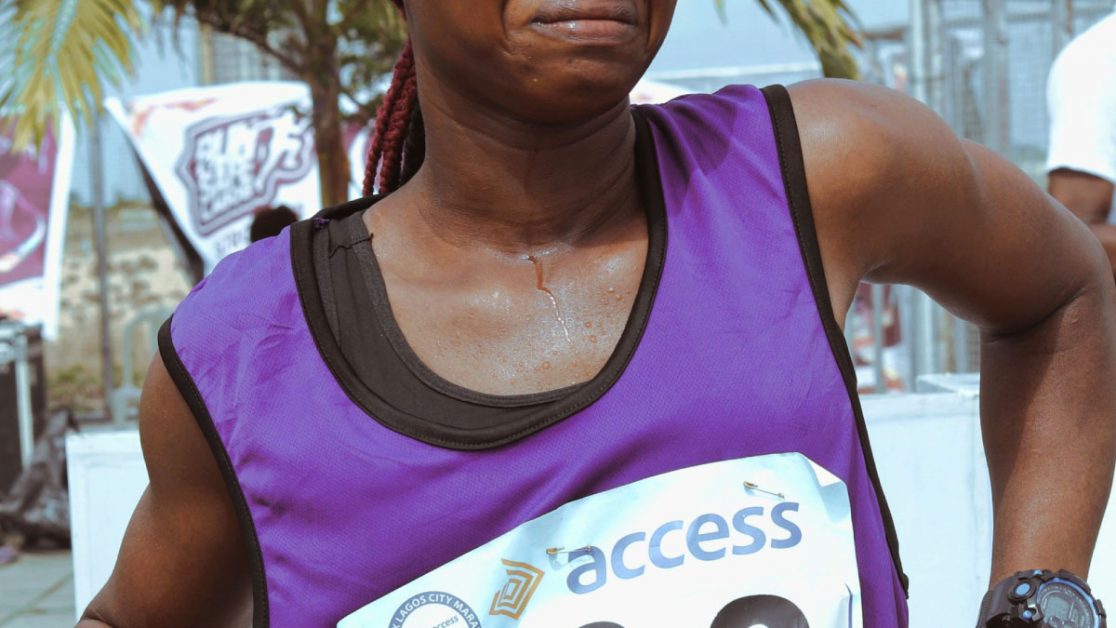It does, it’s a part of a healing process that comes into play when you sustain an injury. Whether you have caused the injury by impact or by overuse, invariably the area will immobilise you by becoming inflamed.
This week I chatted to a chap who had started a new job and found that his right knee was getting stiffer and stiffer. He mentioned that he climbs in and out of a van as part of the job and that he has new work boots. It gradually became obvious that the work boots being super grippy held the foot position too firmly as he twisted to get in the van. Unfortunately, the knee was then put under considerable strain, thus causing inflammation.
Hallmarks of inflammation include:
- Increased tissue temperature
- Redness
- Pain
- Swelling
I often find myself saying to people that, “inflammation is your friend”. What I mean is that your body has caused your knee, for example, to become inflamed to immobilise you so you will rest up – giving it time to heal.

To aid the healing process for ligaments, joints or muscles apply ice to the area. Here’s how it works. The R.I.C.E acronym stands for rest, ice, compression and elevation.
Rest:
Injuries take time to heal, be kind and rest up.
Ice:
It’s simple grab a bag of frozen peas and wrap them in a tea towel so the cold is not directly on your skin. See the below:
- -Cold: When you first put ice on, it should feel cold.
- – Burn: After a few minutes, you should feel a slight burning sensation.
- – Ache: After that, it will be replaced by an ache.
- – Numb: After aching, the ice will make your skin feel numb. Remove the ice at this point.
Then get up and go and make a cuppa, come back, and repeat!
Repeat for as long as you have time to do, as it’s actually part of the healing process, rather than to take the pain away. Put simply the ice causes vascular constriction meaning the blood vessels narrow, this reduces the swelling. Then, when you take the ice off, the real magic happens an influx of fresh blood brings in new white blood cells, which are the healing ones.
Compression:
Bandage the area comfortably tight if possible.
Elevation:
Prop the area up with a few cushions, above heart level if possible, and accept sympathy from friends or family and even more cups of tea:)
Being more in tune with your body will mean you will recover better; we only get one body after all:)
